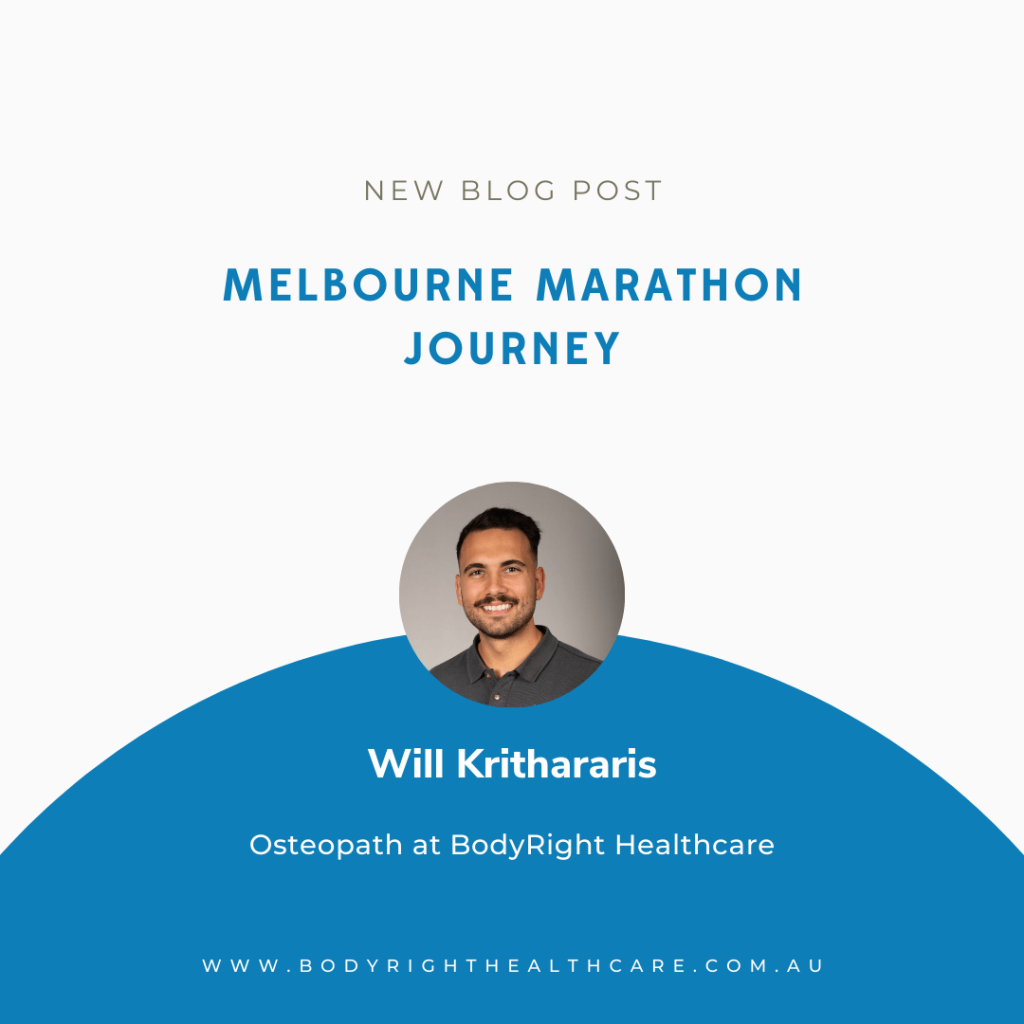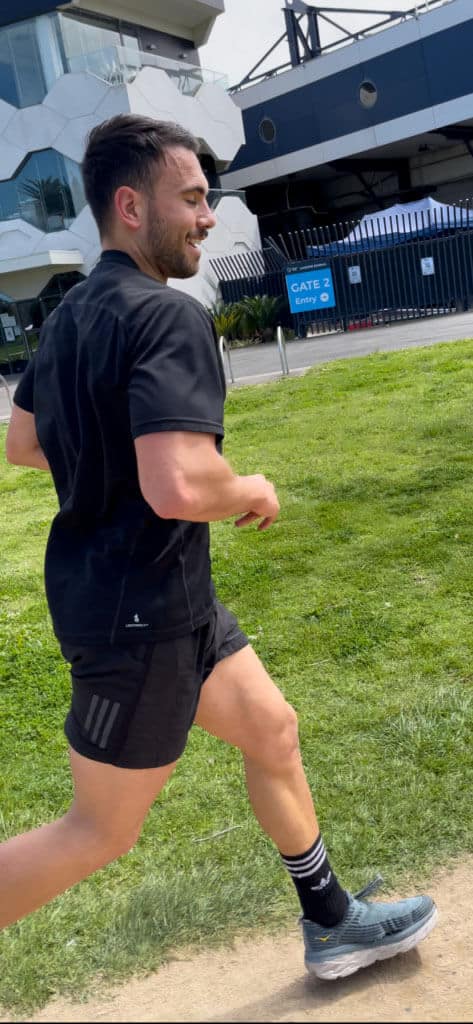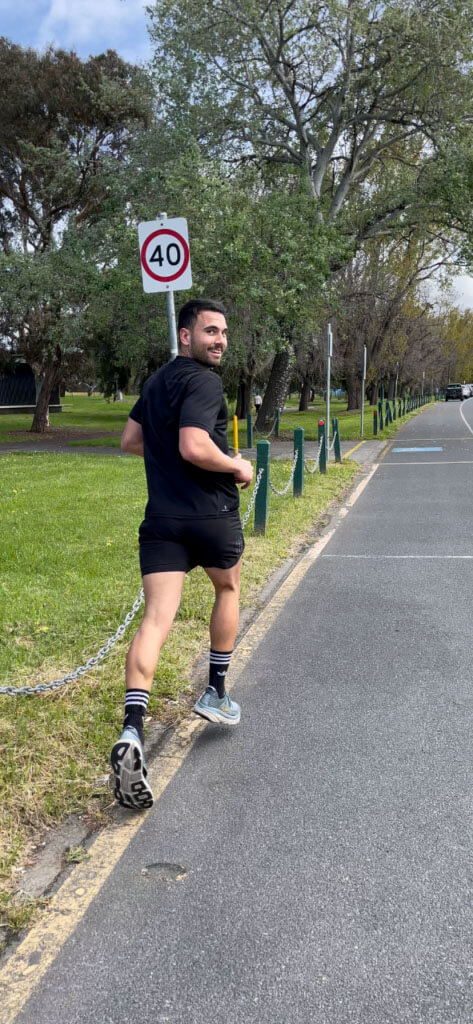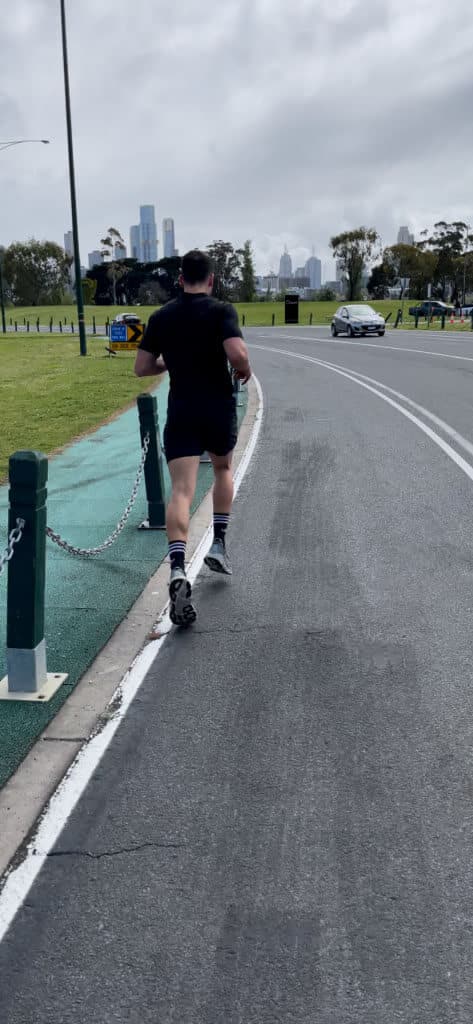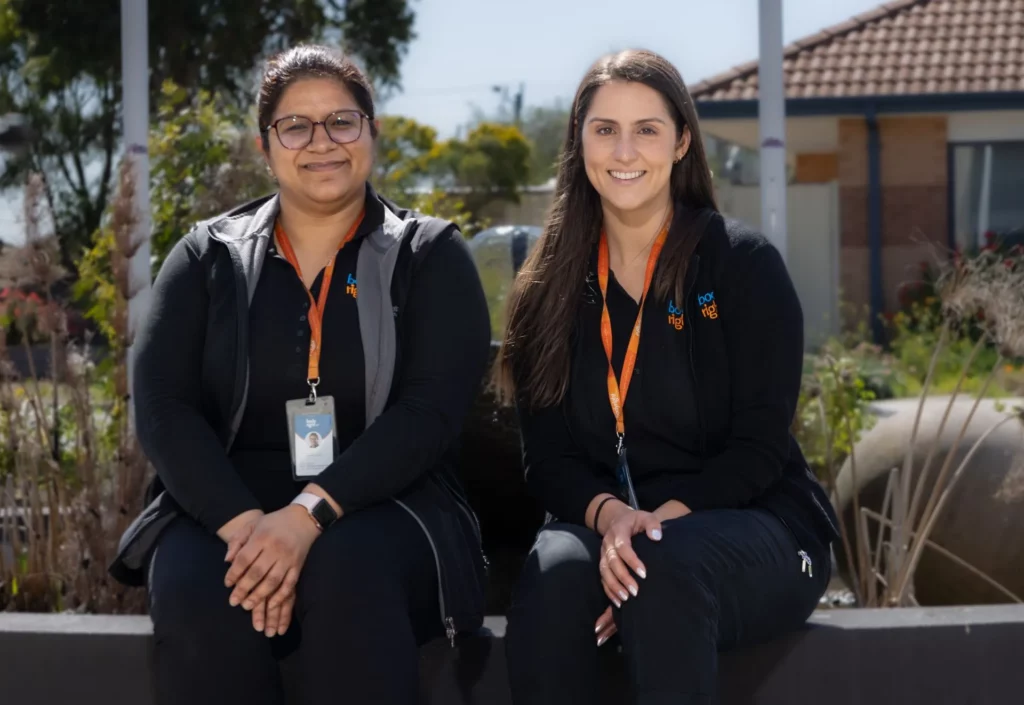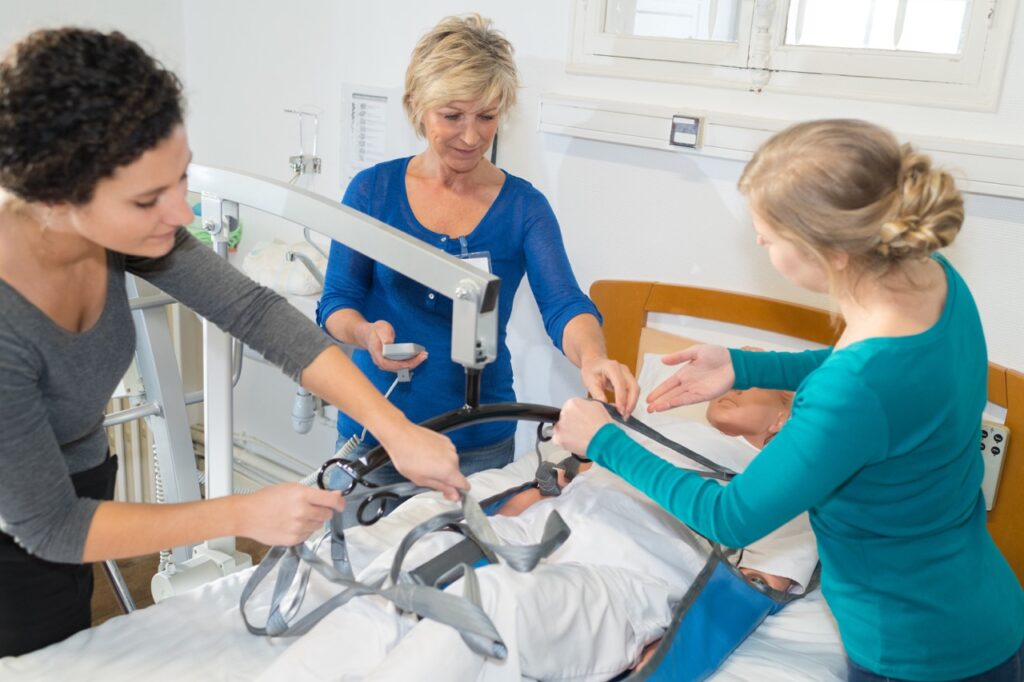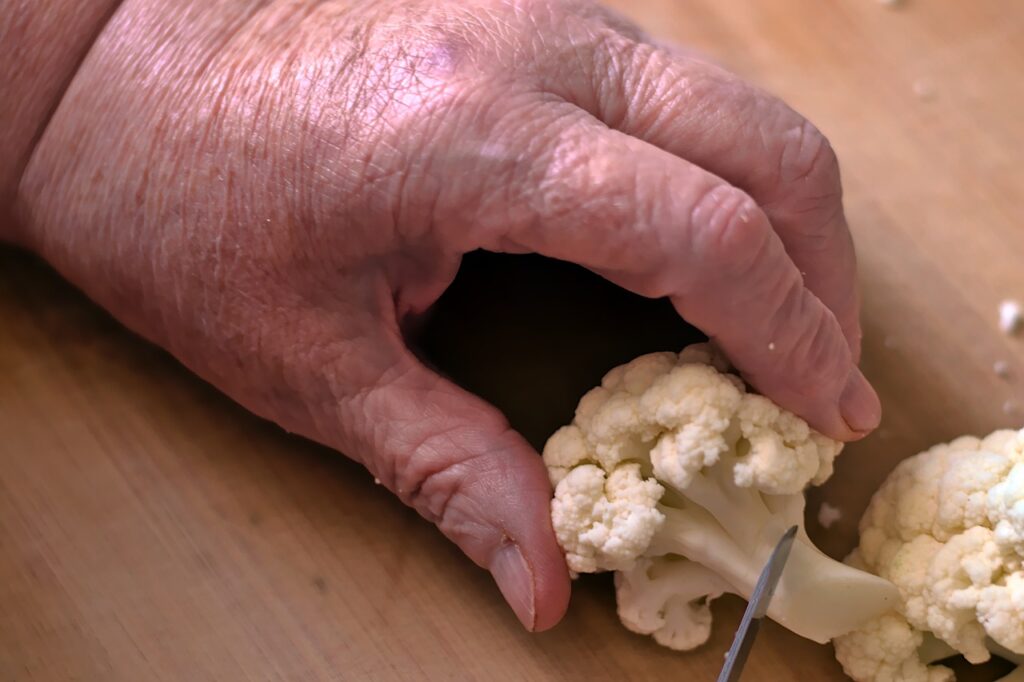Sometimes it’s important to reflect on the amazing achievements and feats of our team – this is one of those times.
With the Nike Melbourne Marathon less than five days away, we figured it would be only fitting to chat with osteopath Will Krithararis to learn more about his preparation for the challenge he will conquer this coming Sunday. As an osteopath and athlete of high calibre, Will is all too familiar with the consequences of over-training or under-preparing – so who better to give us an insight into what makes an athlete tick?
Even more inspiring is that Will is running in honour of a close friend who became a quadriplegic after a football incident and needs funding for a wheelchair friendly vehicle. If you’d like to help out as well, head over to: https://www.gofundme.com/f/funding-for-a-wheelchair-friendly-vehicle?utm_source=customer&utm_medium=copy_link_all&utm_campaign=p_cp+share-sheet
We hope you enjoy the journey Will takes you on and that it inspires you to kick off your 2022 with some health and fitness goals!
My Journey to the Marathon
Throughout the pandemic, it has felt like the only thing we could leave the house for was exercise. So I decided it would be a good idea to start running. I had always been active but never had I felt the need to just run, let alone run a marathon…
Training
My training was comprised of a mixture of different activities; I would do one long run, a shorter and faster run, then top it off with high-intensity interval training. This served me well through the peak of the pandemic and allowed me to take my fitness to another level.
It wasn’t until after the lockdown finished that I started to add in a few extra, longer runs, which allowed me to build confidence in my running. Once I knew that my legs and lungs could handle it, I felt the need to push myself even harder and took on the challenge of running a half marathon with my good friend, Athol (a BodyRight osteopath). We came off the run quite proud as we ran a good time, but I would be lying if I said it didn’t hurt. After that run, I thought to myself, “There is no way I can run a full marathon!”
But I continued my training as usual and noticed that I was slowly getting better – the runs became longer, my confidence kept growing and my fitness kept improving. I managed to run 30 kilometres with another friend, which depleted me physically and mentally, but I loved the challenge. So four weeks out from the Melbourne Marathon, I decided to give it a go!
Pains and Preparation
The build-up to the marathon has been painful, so pain management has been very important. Being an osteopath, I have been able to pinpoint what exercises and stretches need to be done to avoid injury and loss of training.
I often get calf pain due to being a forefoot/toe runner, so it was important to manage that with time-under-tension training by use of weights and doing exercises such as bent knee calf raises and normal calf raises. I have also been suffering knee pain, which has been caused by tightness up the chain in my hip area (TFL and glutes), which pulls my patella outwards (laterally) and causes pressure in my knee. Getting my lower back and hips treated in conjunction with targeted exercises such as mimicking my foot strike when running, with slightly flexed knee holds, has helped build the load in my knees. This is what has ultimately helped me get through those longer runs.
Either way, when training for something like this, tightness and soreness is always going to be a factor. This meant that it was also important to me to take strategic days off running to help with the load through the legs. Some other great methods that have helped with recovery are ice/cold therapy, compression boots (Normatec) and infrared saunas. This synergistic concoction of recovery methods has enabled me to recover and perform consecutive days of running, which has helped build the up the load leading up to the run.
Lead-up
The lead-up is approaching and time on the legs is super important. As my preparation time has been a little shorter than most, it means I have to be super cautious when scheduling in runs. Within six weeks I built from my normal 30-kilometre week to a 60-kilometre week, which enabled me to be ready for the race.
Tapering off in my last week before the run has been hard so far, due to the body being so used to the higher load. But I have to remember and keep in mind that all the hard work is done and no matter how many runs I do prior, it isn’t going to change my fitness. Therefore, getting that rest and feeling fresh for the run is of the highest priority.
Why?
Running was a saving grace for me during lockdown and got me through those stressful times; it was a type of medication. Is it an expensive hobby? Yes, with the treatment, countless runners, etc. But it is so worth it. I was lucky enough to get myself in a position where I was ready to give the marathon a go.
Everyone asks why the hell would anyone want to run a marathon and yes, it is crazy to think you will run for approximately three to four hours. But it has always been a goal of mine and something I have wanted to achieve. I love challenges and pushing myself to my limits, so I thought, “Why the hell not?”

